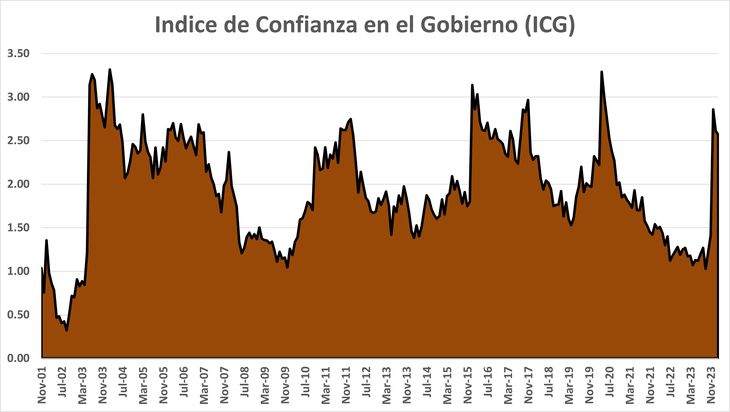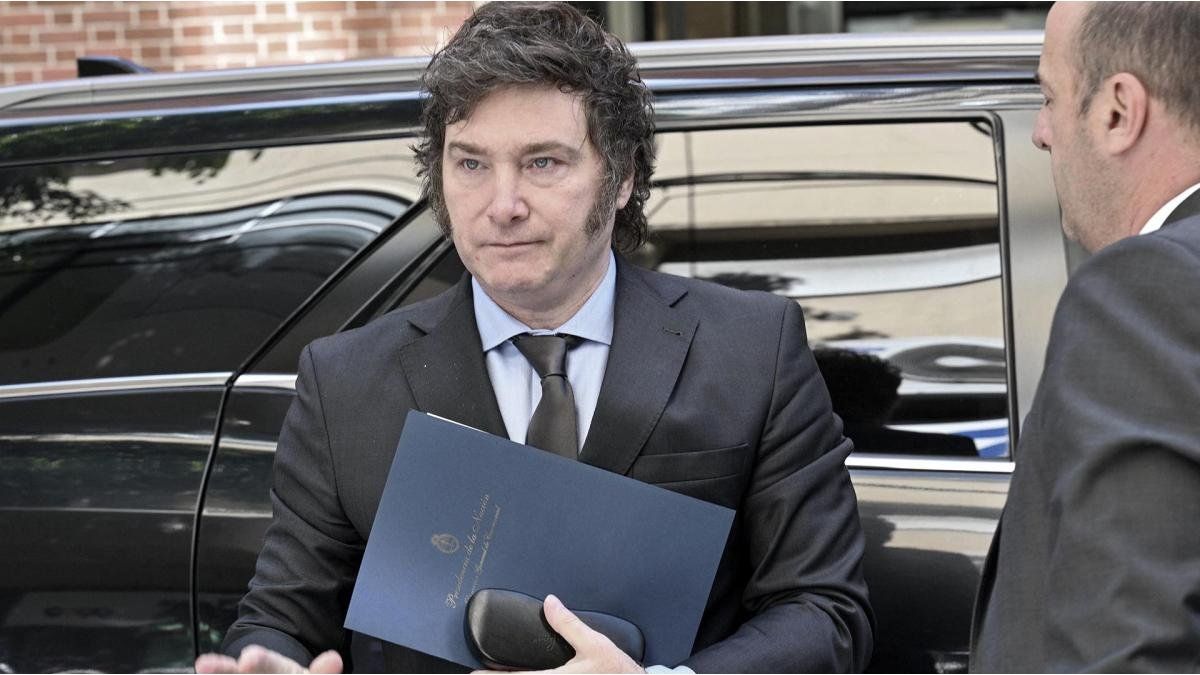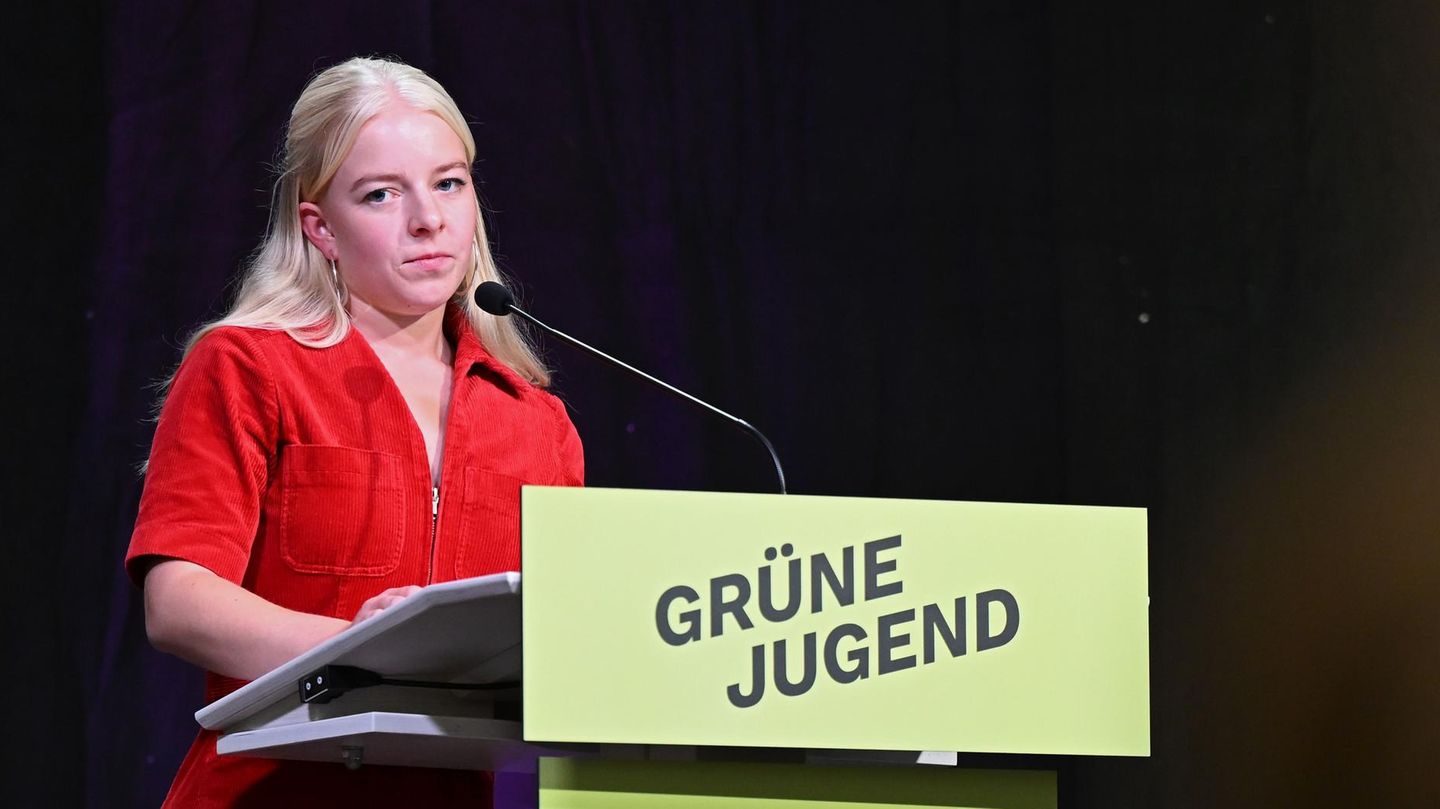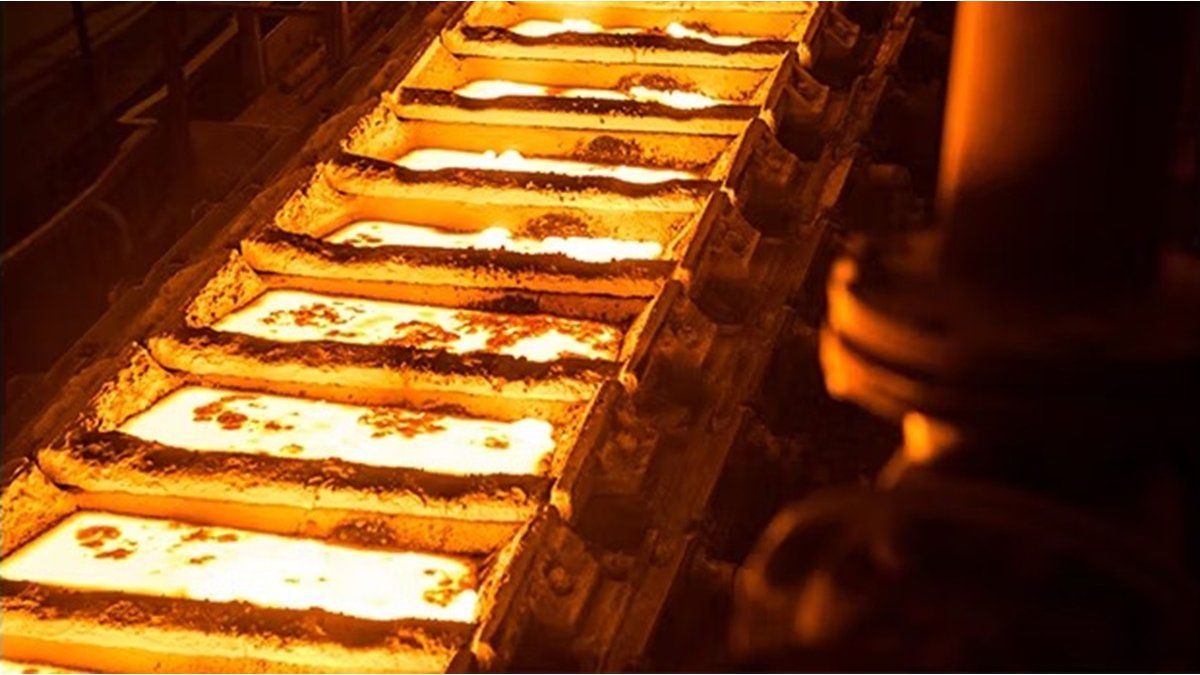Consumer confidence: the photo
“In February, the first increase in Consumer Confidence since the inauguration of the new president was recorded… At the national level, the CCI (Consumer Confidence Index) rose 1.2% compared to January, with the increase being much greater in the Interior, 6.9%, and in CABA, 3.11%, than in GBA where a decline of 3.18% is observed.” It almost seems that, as if seeking not to arouse presidential reactions as unleashed at the time by the latest UCA report on poverty, the people of the Di Tella Finance Research Center opted for the path of “healthy” prudence in the phrasing of its report on consumer confidence.
ICC.jpg
Since March 2001, 88% of the time consumer confidence was higher than it is today.
In any case, they do not hide – as some do – that while confidence among people with greater purchasing power grew 5.72% compared to a month ago, among the poorest it was only 1.44%. And not that while in terms of durable goods and real estate the increase is 15.7%, the subindexes on the macroeconomic situation – no, it did not remain stable – and the personal situation fell (0.22% and 2.19% ); and that although present conditions (it is February) rose 3%, future expectations barely rose 0.6%. When analyzing the latter by income, the highest-income segment improved its perception of the present by 15.89% and the future by 2.4%, with increases in all subindices, while those with lower resources showed drops of 1.33%. in the macro situation, 6.16% in the present and 26.6% in the personal situation.
2024-02 ICC Press.pdf
The UTDT report is unusually cautious and deserves to be read between the lines.
As Charles Dickens said, it is “the best of times, and the worst of times”… depending on where you stand. But it is not the detailed analysis of these specific values - no more than an imperfect snapshot of reality – that deserves further analysis.
Consumer confidence: the movie
Of the last six presidents (the ICC began compiling in March 2001), Javier Milei is the one who begins his first month in office with the least consumer confidence and also the one who does so with the greatest confidence in the government, a dichotomy that would seem difficult to explain, if it were not for the fact that the same phenomenon occurred with the Macrista administration.
ICC first months.jpg

Never has a president started with so little consumer confidence and no one, except Macri, saw her regress so much at the beginning of her administration.
But this is not the only similarity with the former president: behind Macri, who saw consumer confidence plummet 11.4 points in the four months after his presidential victory and 14.8 in the three after his inauguration, the The current President is the one with the worst numbers (9.1 and 11.5 points).
ICG first months.jpg

Milei started with an unprecedented level of confidence in his government, but he is not maintaining it.
Leaving aside “the big surprise” that was Néstor Kirchner, who – in these periods – registered the greatest increases in confidence under all concepts, Milei is the one who notes the greatest increase in the Government Confidence Index (ICG: 1, 35 and 1.16 points) since the 2001 crisis. In fact, it is behind Kirchner who scores the largest monthly jump (102.1% compared to 157.8%).
Logic suggests that people’s trust and trust in the government should travel the same path, and usually they do: 75% of the months they do (the correlation is 49%). But there are times when this does not happen.
So, despite the fact that in the last month the CCI rose a “modest” 1.2% (monthly increases have averaged 5.23%) and the ICG falls very little, 1.4% (monthly decreases they averaged 7.41%), Milei is seen assuming and going through his first three calendar months of government, with great distrust on the part of consumers, whether about the present or the future, but an unusual confidence in the government. True, neither of them at record levels.
ICG.jpg

Since November 2001, 16% of the time trust in the government was greater than now.
Until time passes and more information is obtained, perhaps the best explanation is that offered by Dickens: “… it was the age of wisdom and also of madness; the time of beliefs and disbelief; the era of light and darkness; the spring of hope and the winter of despair. We possessed everything, but we had nothing; We went straight to heaven and got lost on the opposite path. In a word, that era was so similar to the current one that our most notable authorities insist that, both with regard to good and evil, only superlative comparison is acceptable.
Source: Ambito




